

Damion Smy
2026 KGM Musso ute images leaked
2 Hours Ago
Leather remains the material of choice for premium car interiors – but not all leather is created the same.

Contributor
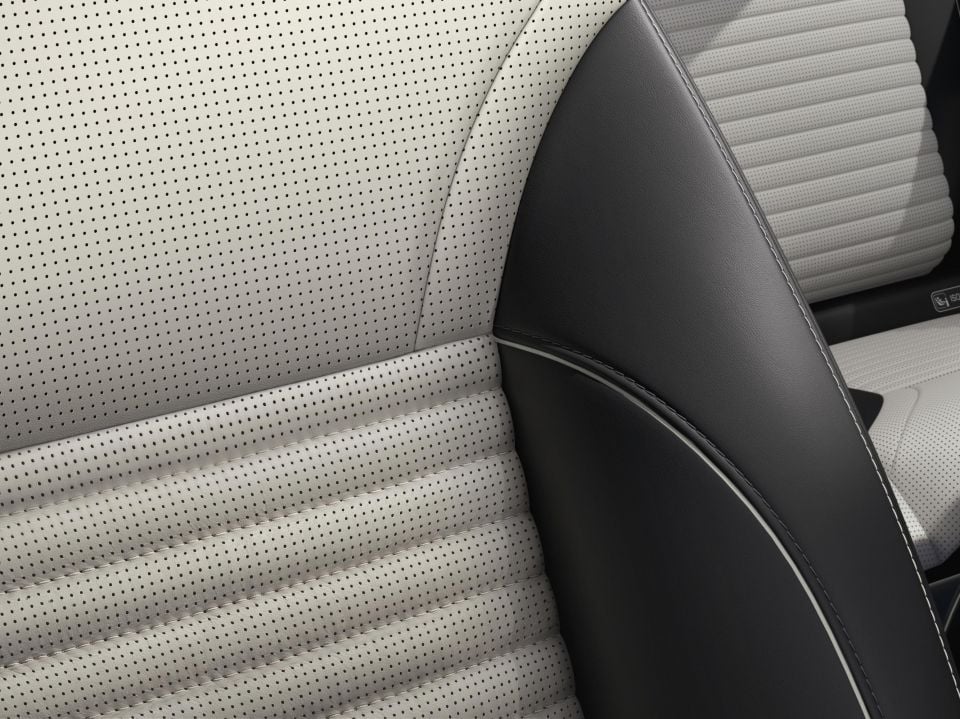

Contributor
Although leather-free options are growing in popularity (detailed last week) the majority of new ‘premium’ cars are sold with leather, or part leather, interiors.
‘Leather’ simply means material made from the skin of an animal, and can refer to materials made from the skin of anything from crocodiles to kangaroos.
In the automotive context, however, most leather has a bovine origin, and is generally sourced from cows.
There are two related factors determining the quality and type of leather being used. These are the grain, and the level of processing undertaken afterwards.
The grain refers specifically to the part of the cow hide that is being used to make the leather.

Bonded leather is the cheapest type of natural leather available, and is made up of waste cow hide left once products using other parts of the hide have been created.
The waste hide can include any leftover shavings and dust or other particles from the hide.
These elements are shredded and mixed with a liquid bonding agent, such as latex or polyurethane, and then coated onto a paper or fibre backing sheet, before being painted and embossed to give the natural appearance of a full-grain leather.
The amount of actual leather used in bonded leather can vary widely, but typically sits between 10 and 20 per cent.
Bonded leather is used on cars at the lower end of the market, and generally does not have a brand name.
Leather types aside from bonded leather (described below) use actual parts of the hide (rather than just a percentage of shavings and waste cuts), and so can be validly classified as ‘genuine leather.’
Corrected grain is used to describe all but the highest-end, full-grain genuine leathers, and has two sub-categories: bottom cut (also known as split) corrected grain, and top grain leather.
Bottom cut is described as such because it’s part of the skin left over once the top layers have been split away, leaving a part of the hide known as the corium.
As this is beneath the top layers, it’s harder and coarser in texture, and thereby requires a high level of processing and pigmentation to ensure a natural appearance. The process adversely affects other qualities of the leather, however, such as its softness and porosity.
If a carmaker is claiming to offer a genuine leather option, but doesn’t classify it as Nappa, then it’s likely to be using a bottom cut grain. Examples include the Dakota and Milano leathers used by BMW and Audi respectively, and most unbranded leather options available in mainstream manufacturers.
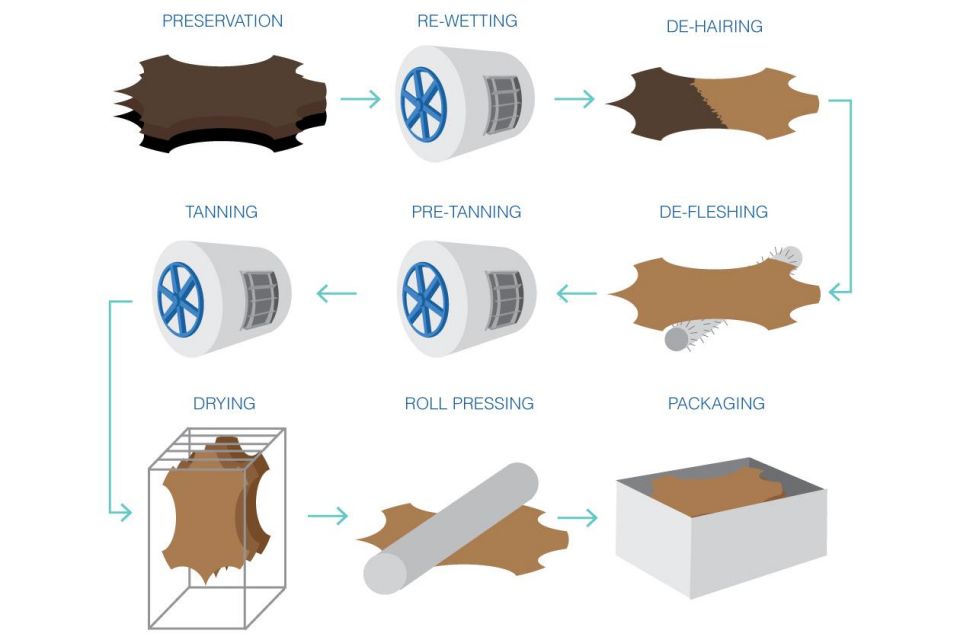
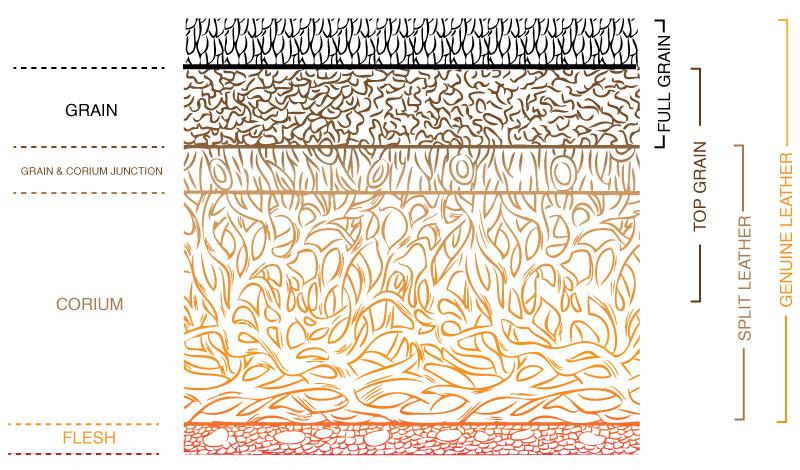
As the name implies, top grain leather is sourced from the upper, softer layers of the hide (although not the top-most layer). In the automotive space, the best example of a top grain leather is Nappa leather.
Named after a special vegetable tanning process invented in the Napa Valley, California in 1875 by Emanuel Manasse, the term is a vague classification for top grain leather with a reduced level of processing.
Generally, the leather has been sanded down to remove imperfections whilst retaining a natural look and soft feel. This goes with the proviso there’s no uniform standard or requirement to be met for leather to be classified as Nappa; instead, it’s best seen as a general indication of quality.
Full-grain (or natural) leather is sourced from the uppermost, highest-quality part of the hide and thereby has the best characteristics with regard to softness and breathability, while also inherently having the natural look commonly associated with leather.
In the automotive space, full-grain leather is generally the starting point for material marketed as ‘semi-aniline.’
Semi-aniline is a phrase that refers to a very light tanning process, with minimal amounts of pigmentation used and only a light surface coating applied to ensure that the leather retains its original texture whilst offering some stain resistance.
Other names for full-grain leathers used in the automotive space include the very high-end Lavalina leather used in Alpina vehicles, as well as the Pieno Fiore leather used in certain Maserati and Alfa Romeo models.
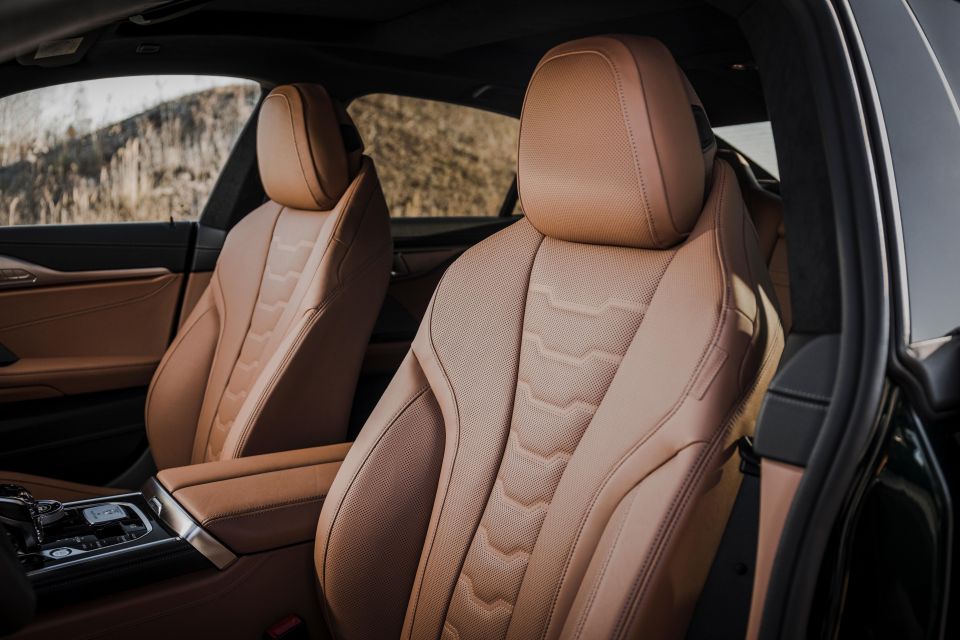
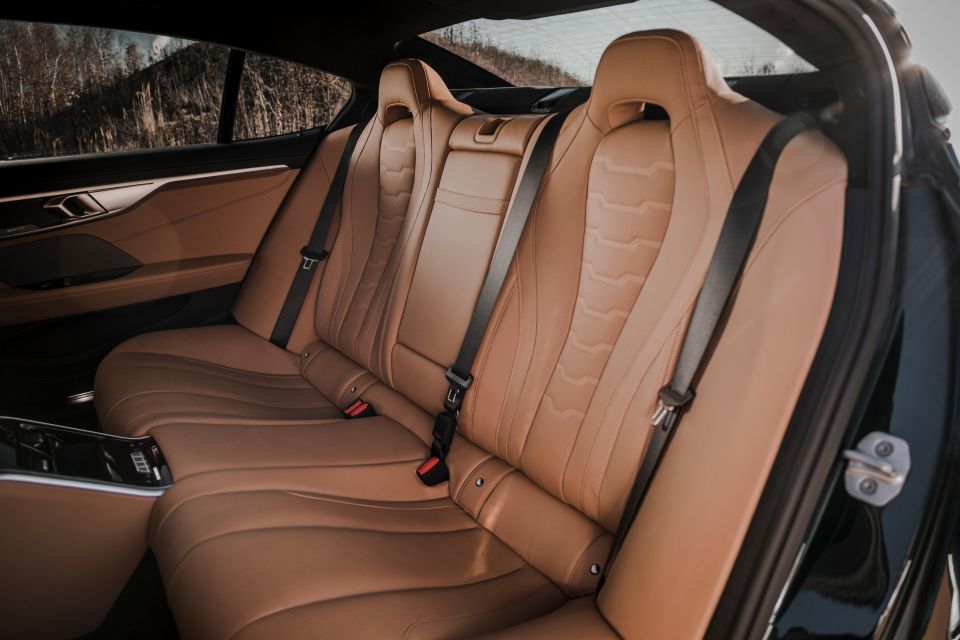
The semi-aniline treatment of most full-grain leathers means that these are the most likely to develop a natural patina over time.
Apart from the seats, steering wheel, and gear shifter, luxury cars often also use leather elsewhere in the interior.
Many high-end models from Jaguar Land Rover, as well as BMW, Audi, Mercedes and Porsche are available with extended and/or full leather trim upgrade options.
These mean in addition to the areas of the interior mentioned above, everything from the dashboard to the door trims, knee pads, and the central console area can be trimmed in leather.
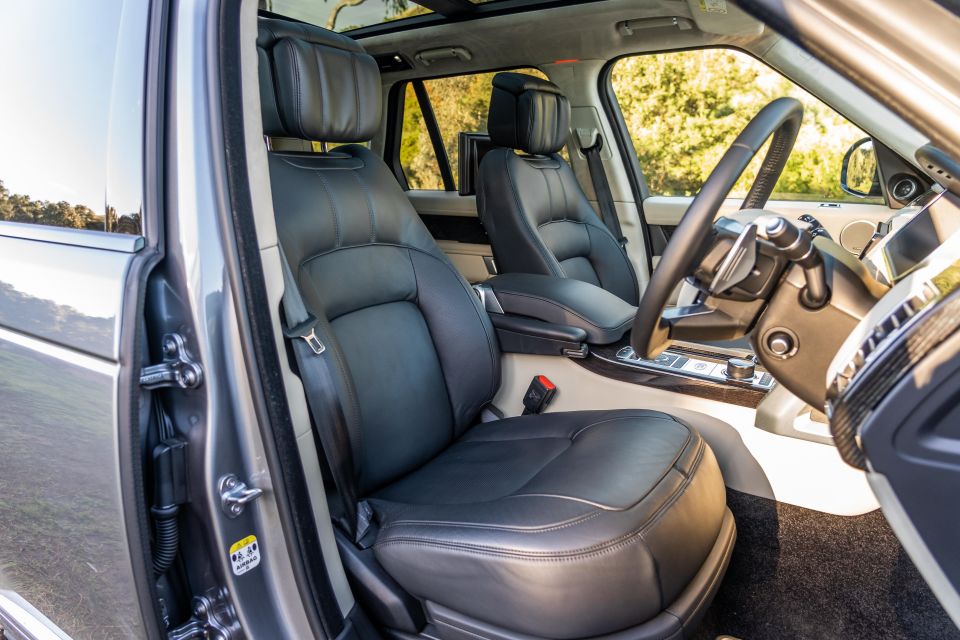
Due to durability concerns, the same grade of leather may not be used in all areas.
In some cases, colour matched artificial leather may also be paired with natural leather to provide much of the same appearance as a full leather interior at a cheaper price.
Recent innovations in leather are largely focused on improving sustainability through more environmentally friendly tanning processes.
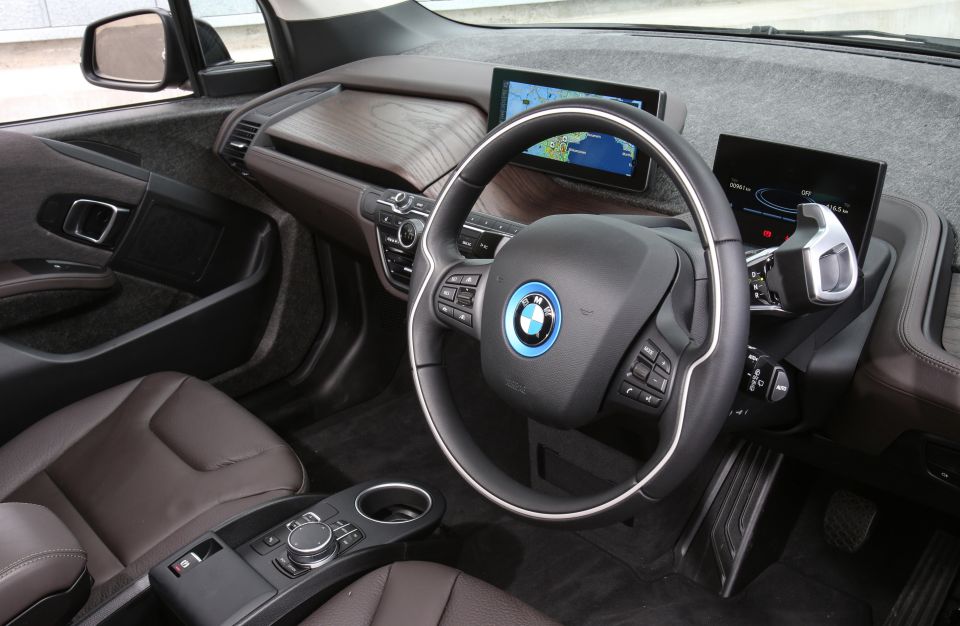
For example, the leather used in the interior of the BMW i3 (in certain trim levels) uses a wet-green OBE tanning agent, and is entirely plant based and sourced from olive leaf extract.
Other manufacturers have also made attempts to reduce or remove the use of more harmful chrome-based leather tanning processes, that involve the use of artificial chemicals.


Damion Smy
2 Hours Ago


Damion Smy
4 Hours Ago


Damion Smy
4 Hours Ago


Damion Smy
4 Hours Ago


Josh Nevett
5 Hours Ago
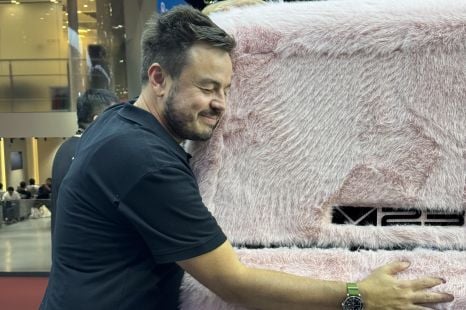

Max Davies
5 Hours Ago